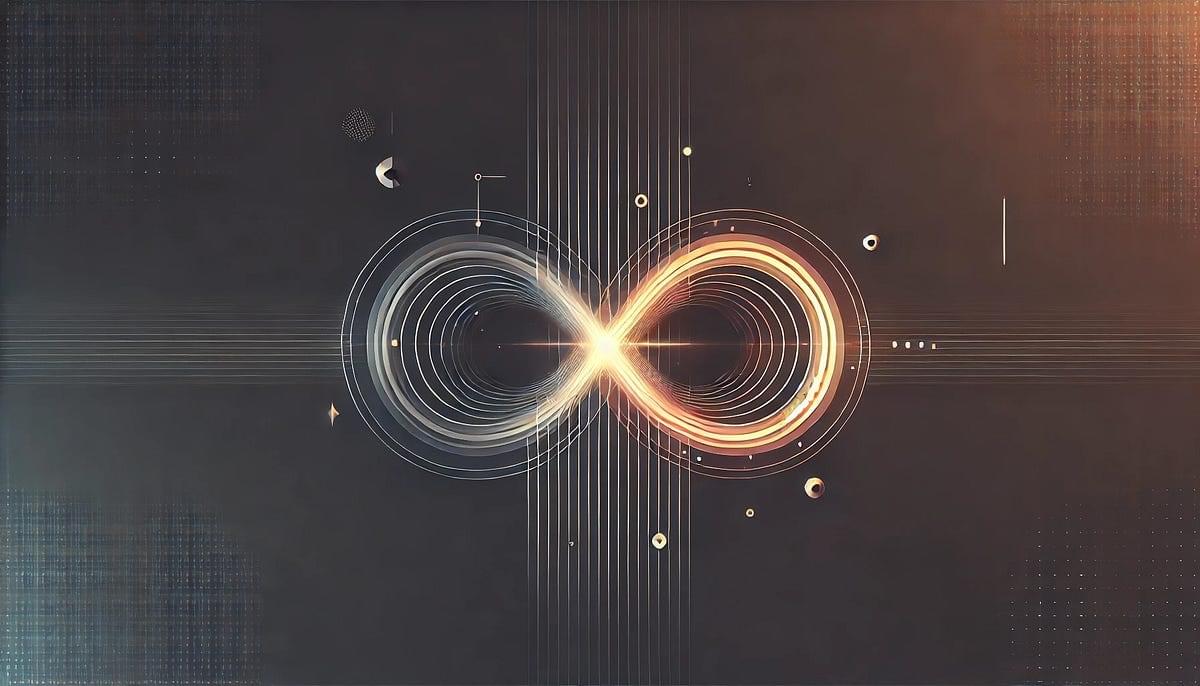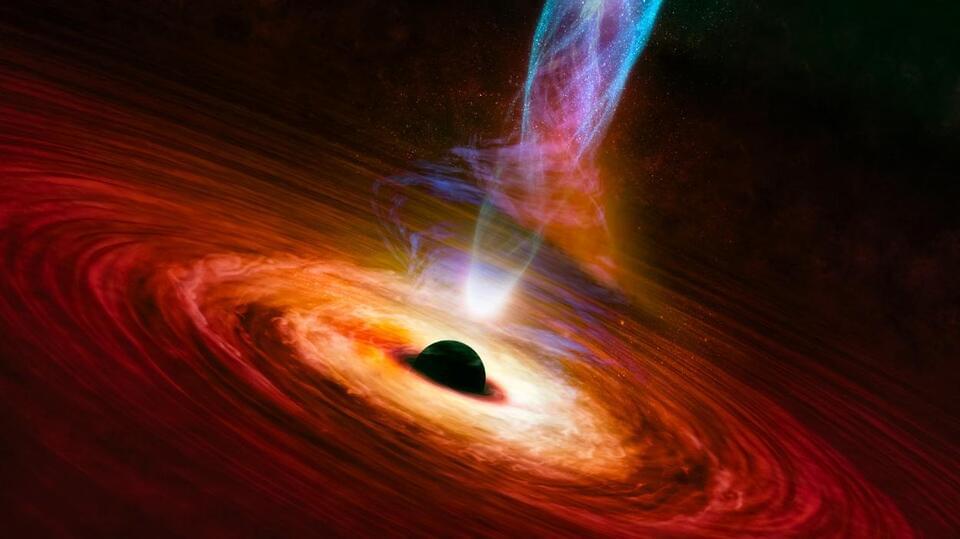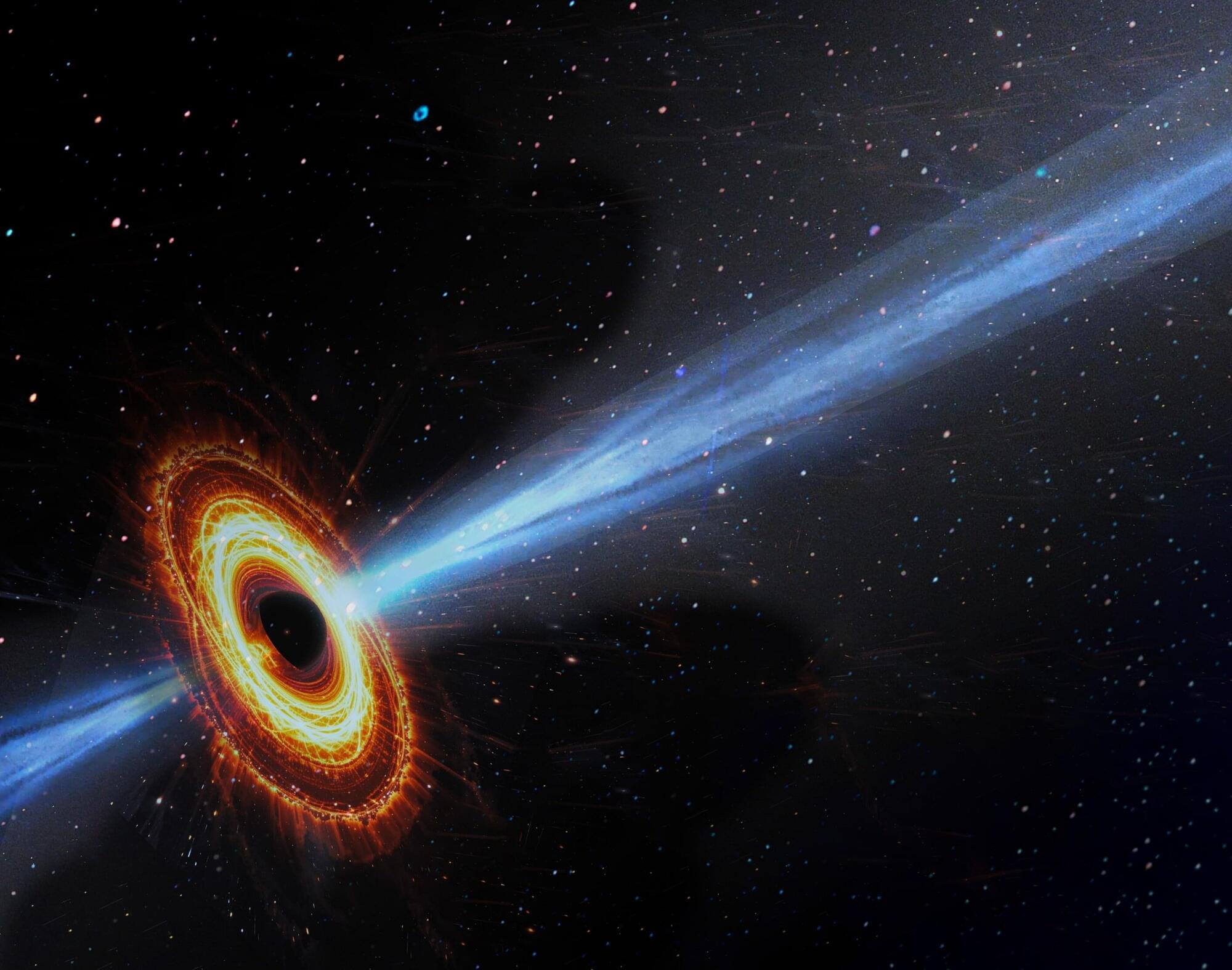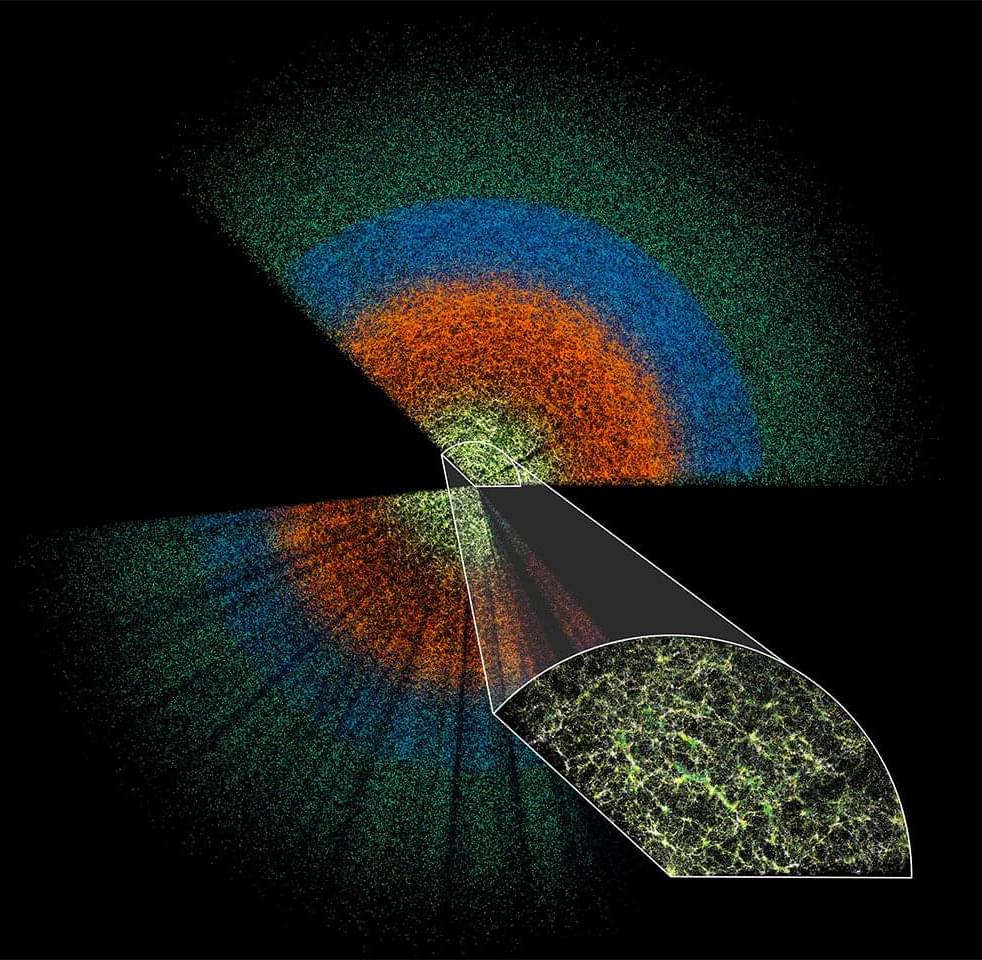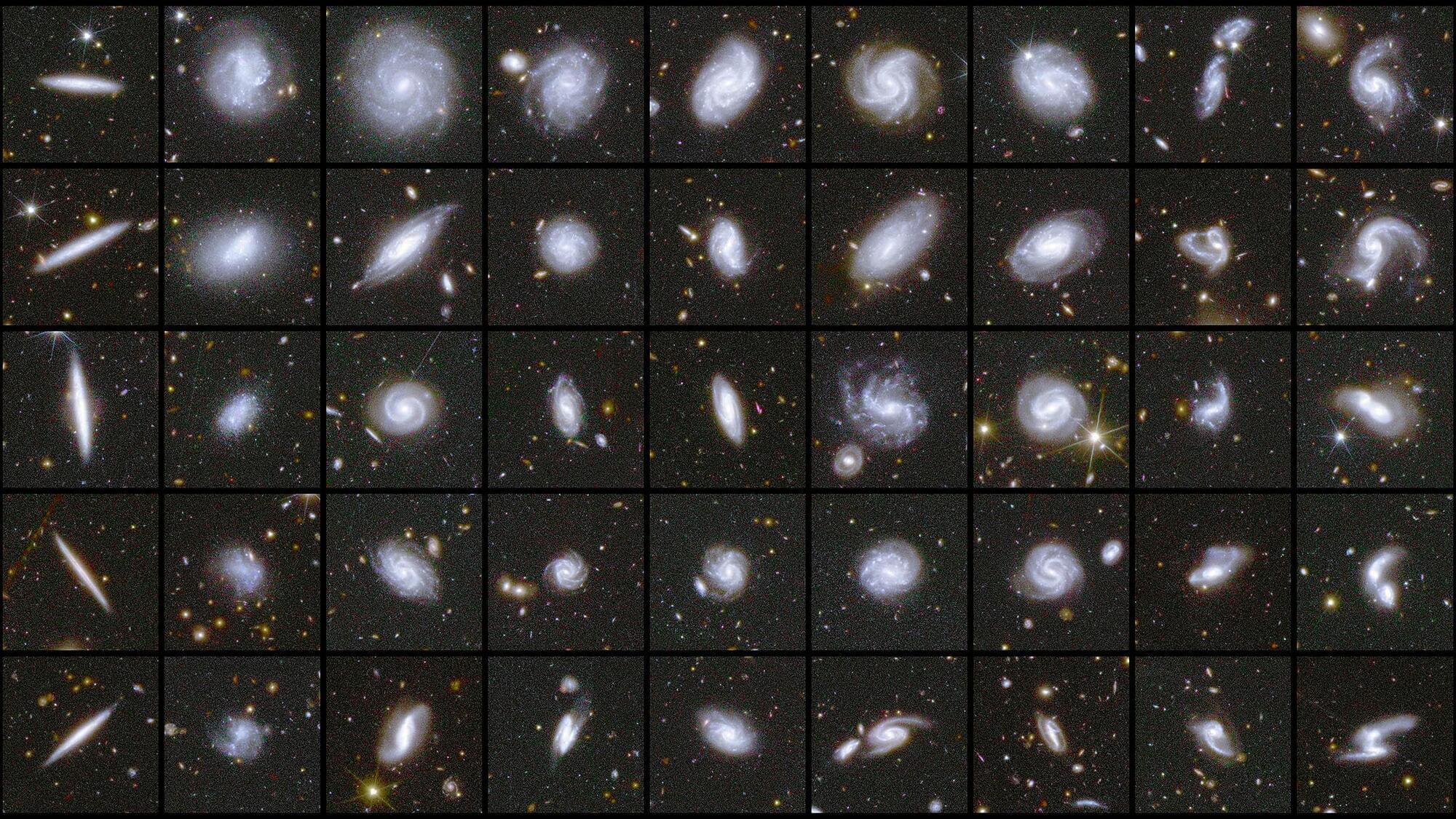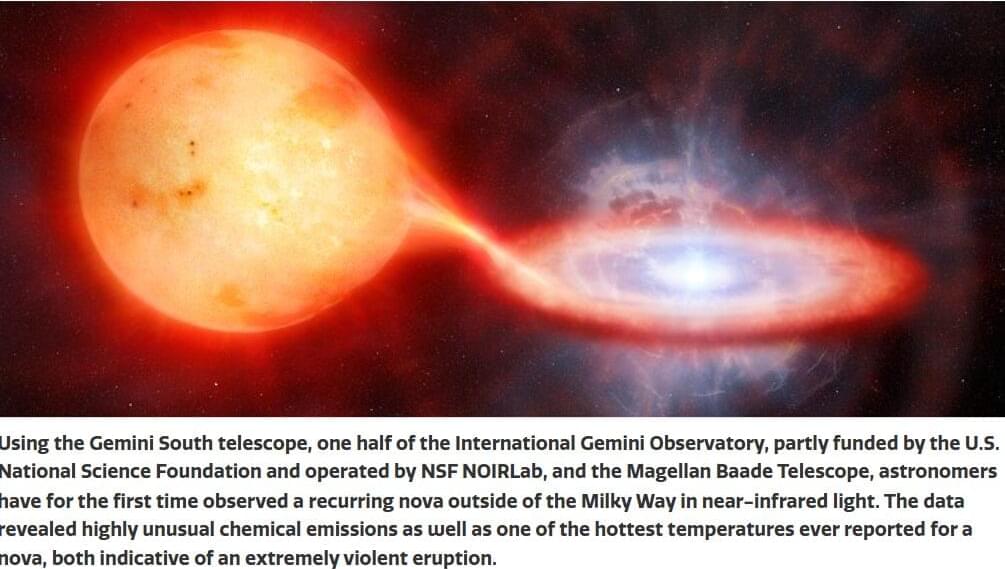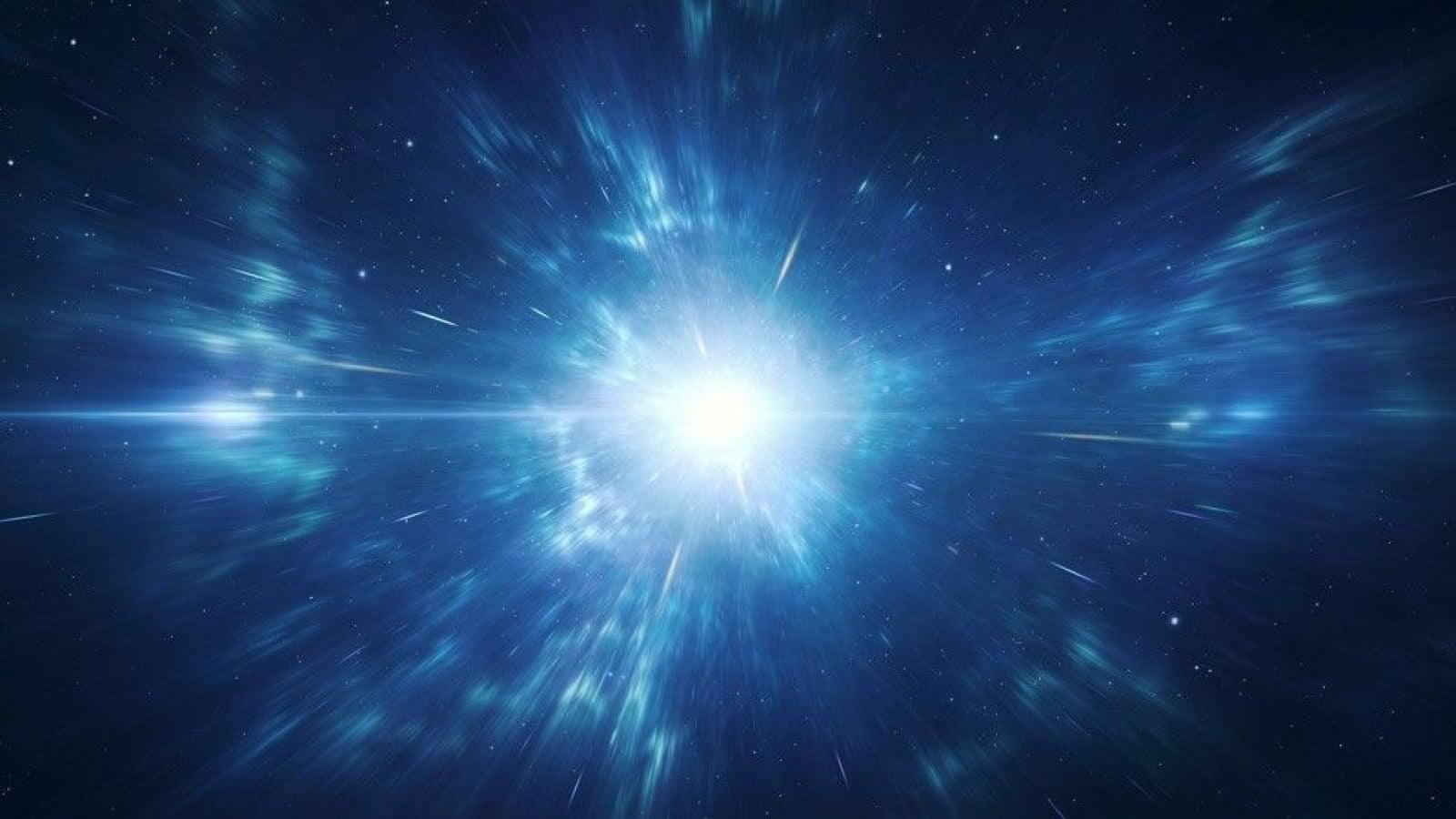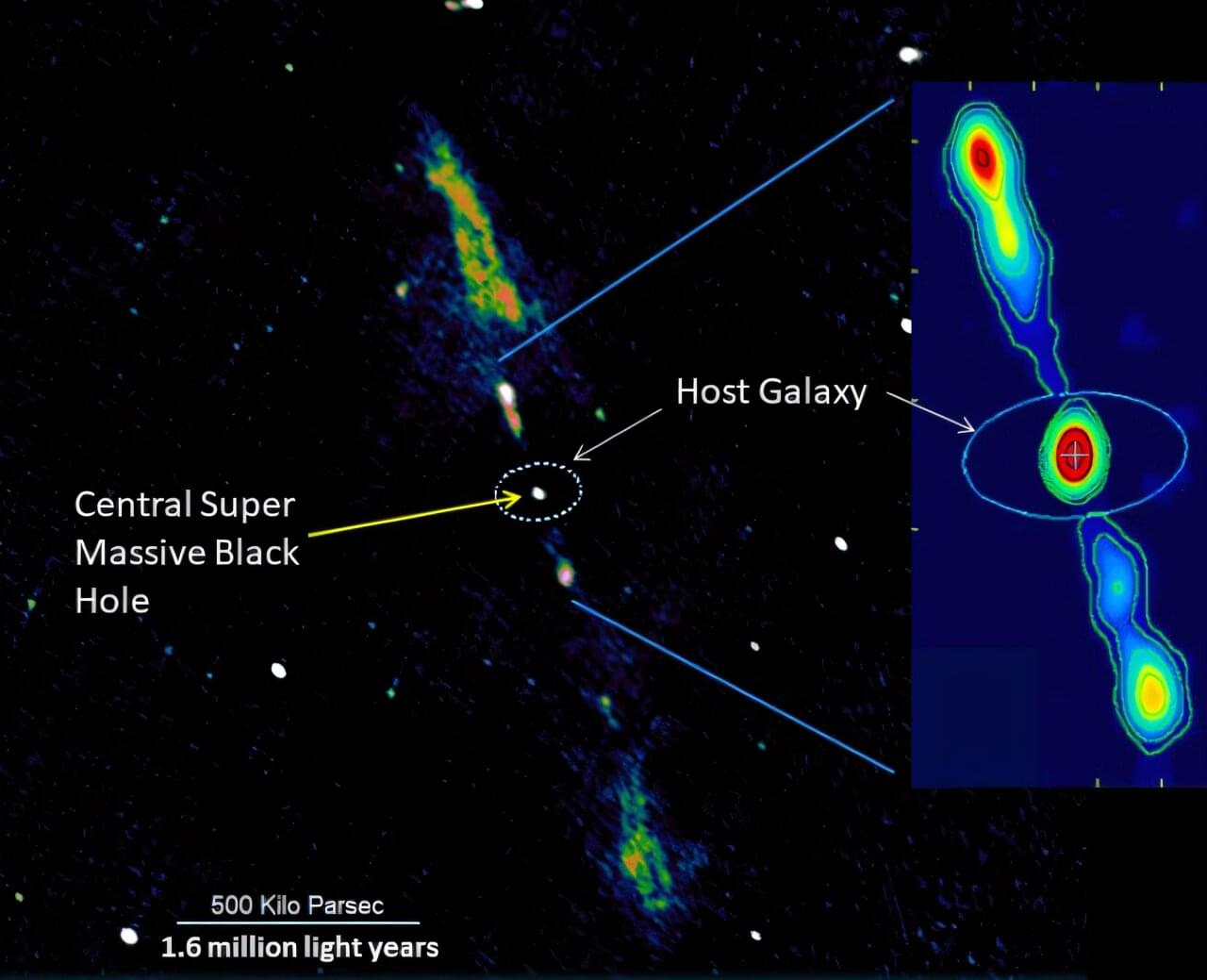Time travel has long fascinated scientists and theorists, prompting questions about whether the future can send visitors into its own past and whether individuals could move forward in time in ways that bypass the normal flows of daily life. The general idea of time as a fourth dimension, comparable to spatial dimensions, gained traction when Hermann Minkowski famously stated that “space by itself, and time by itself, are doomed to fade away into mere shadows” (Minkowski, 1908, p. 75). This integrated view of spacetime underlies many physics-based theories of how a traveler might move along the temporal axis.
In relativity, closed timelike curves (CTCs) theoretically allow a path through spacetime that loops back to its origin in time. As Kip Thorne put it, “wormhole physics is at the very forefront of our understanding of the Universe” (Thorne, 1994, pp. 496–497). A wormhole with suitable geometry might permit travel from one point in time to another. However, such scenarios raise paradoxes. One common example is the “grandfather paradox,” which asks how a traveler could exist if they venture into the past and eliminate their own ancestor. David Deutsch offered one possible resolution by suggesting that “quantum mechanics may remove or soften the paradoxes conventionally associated with time travel” (Deutsch, 1991, p. 3198). His reasoning rests on the idea that quantum behavior might allow timelines to branch or otherwise circumvent contradictions.
